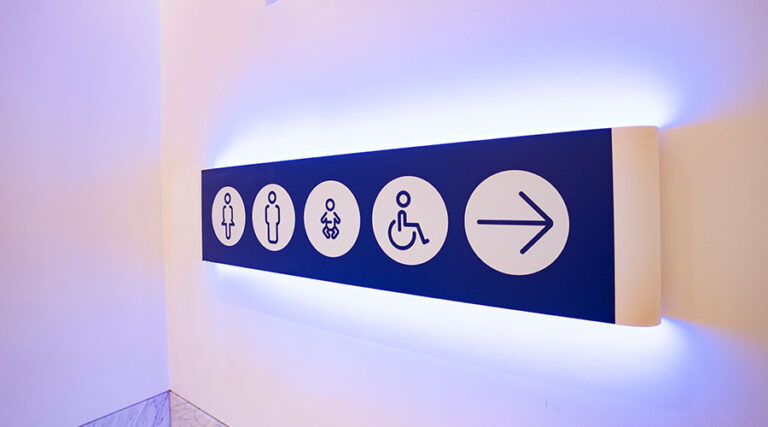National Education Association Offers Guide on School Gun Violence
The National Education Association (NEA), in partnership with the Everytown for Gun Safety Support Fund, has released the “NEA School Gun Violence Prevention and Response Guide.” This comprehensive guide provides resources, tools, and practical recommendations to equip educators and others in the school community to prevent, prepare for, respond to, and recover from gun violence in Pre-K–12 schools and institutions…







